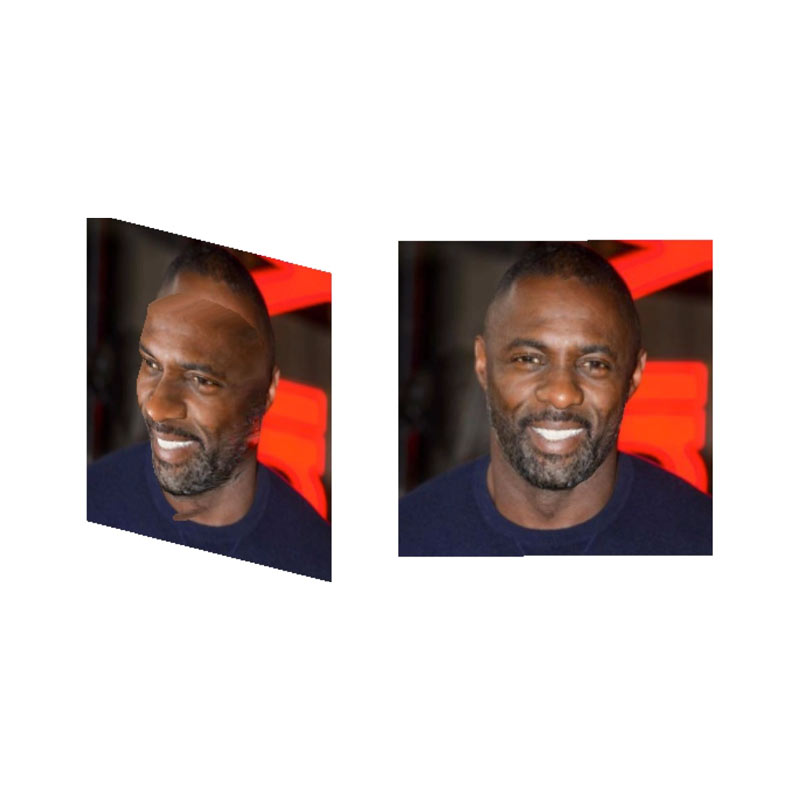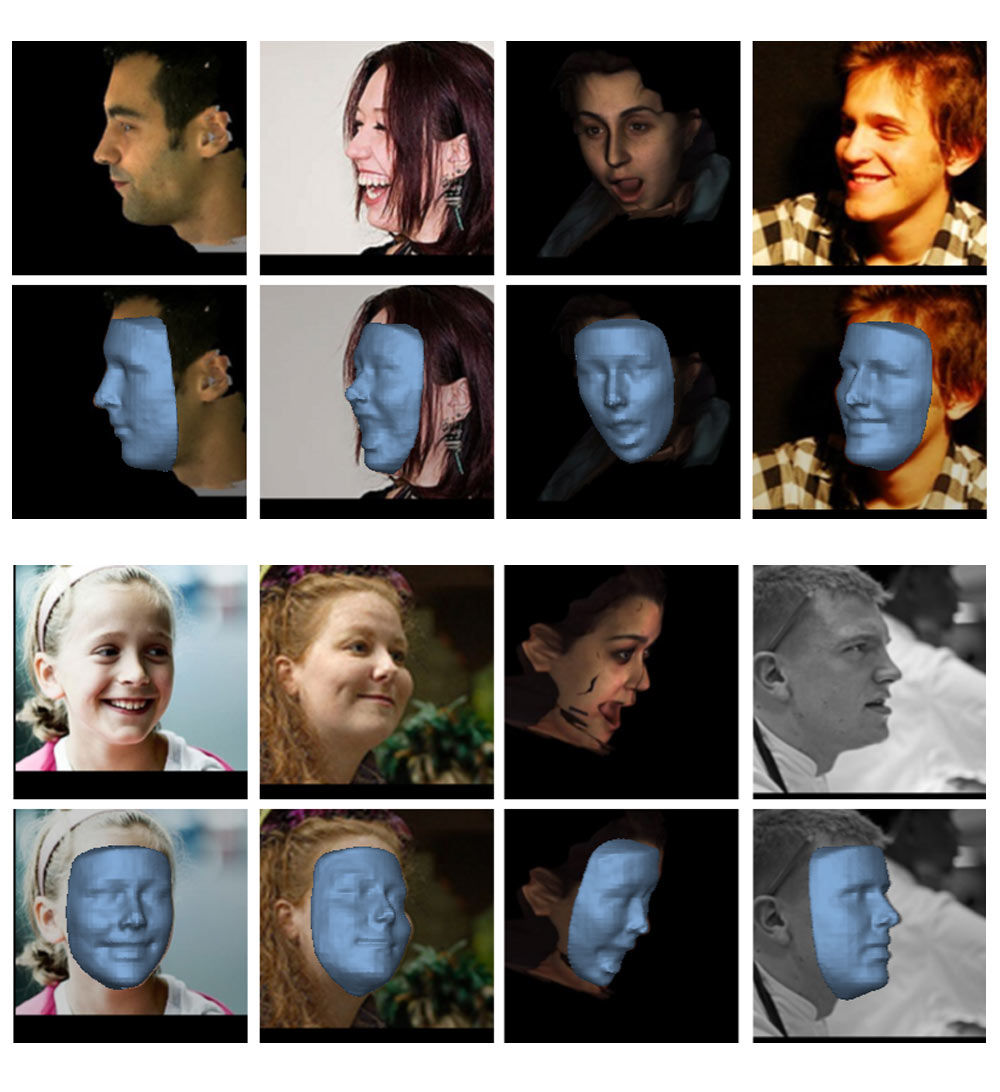
In a single photo, there is the x-axis that is the width of the photo. and a y-axis which is the height.
It has only two coordinates, which means a photo is a 2D. Without the z-axis, a photo isn't a 3D object.
3D exists in things like statues.
But reconstruction an existing 2D into 3D is still possible, but a difficult task. It requires multiple of images in order to understand the depth of an object. What's more, information such as lighting should be calculated.
A team of researcher from The University of Nottingham and Kingston University has created a method in which 2D images of faces can be converted into 3D using machine learning.
By training a neural network on a dataset on both 2D images and 3D facial models, the AI was able to reconstruct an entire 2D face from a photograph.
In short, this AI can create a 3D model of people's face, by just looking at their photo.

Members of the team, which consists of Aaron S. Jackson, Adrian Bulat, Vasileios Argyriou, and Georgios Tzimiropoulos, trained the neural network to perform such task by feeding it tons of data on people's faces. From the input is has been given, it was able to make a guess of how a new face looks like from an previously unseen picture, including parts that can’t be see in the photograph.
On their research paper, they admit that "3D face reconstruction is a fundamental computer vision problem of extraordinary difficulty."
On its website, the researchers have released a version where people can try the technology by themselves, by uploading photo of their choice. It can even reconstruct faces in arbitrary poses or expressions.
But for best results, they recommend using a frontal photo, or as close to this as possible.

People believe that this technology is just another step for AI to become smarter than it previously was. An AI that can turn pictures into faces is just the tip of the iceberg, and the implications can go far beyond amusing to outstanding and creepy.
In reality, computer vision is one of the most useful purposes for deep learning, and the researchers have proven that AI can do a lot more than we previously thought it can.